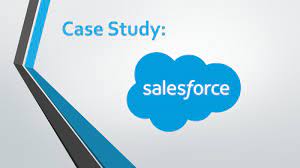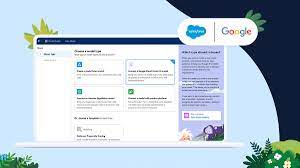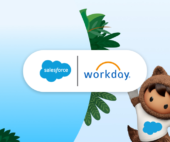Case Study: Salesforce Insights With Data Strategy
Leading provider of branded, designed solutions (laminate) for commercial and residential customers worldwide. The company has been surfacing spaces for 110 years. Client struggled with no real ability to see a 360 degree view of the business.







